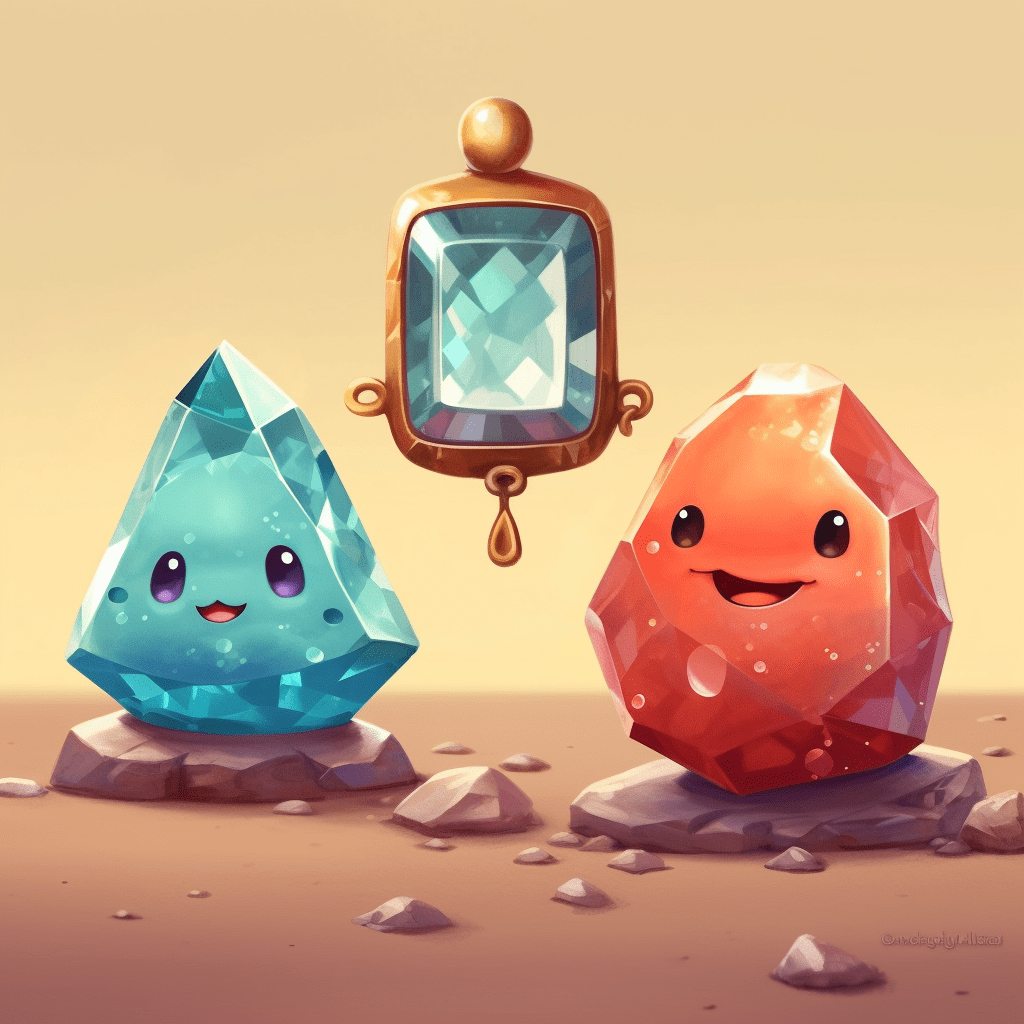Entering the world of non-fungible tokens (NFTs) can be both exciting and overwhelming for beginners. To make the journey smoother and more enjoyable, it’s essential to grasp the key terms and phrases associated with NFTs. This article will present clear definitions and examples to simplify NFT terminology, allowing anyone to dive into this innovative digital landscape with confidence.

Non-Fungible Token (NFT)
An NFT is a distinct, indivisible digital asset that certifies ownership, authenticity, and scarcity of a specific item or piece of content. Unlike cryptocurrencies, which are fungible and uniformly exchangeable, NFTs have particular attributes and metadata that make them unique.
*Example: A one-of-a-kind digital artwork minted as an NFT, representing its value, rarity, and ownership rights.
Blockchain
A blockchain is a decentralized and distributed digital ledger that records transactions and secures data using cryptography. NFTs are created, stored, and traded on blockchains, with Ethereum being the predominant choice. Alternatives include Binance Smart Chain, Solana, and Flow, each with its advantages and disadvantages concerning fees, community support, and marketplace adoption.
*Example: Ethereum-based NFT marketplaces like OpenSea and Rarible, where users can buy and sell digital art, collectibles, and other unique tokens.
Smart Contract
A smart contract is a digital, self-executing agreement with the terms directly written into computer code. They are used to create, manage, and transfer NFTs and can include functionalities such as royalties, customized rules, and other features.
*Example: An NFT creator sets a royalty in the smart contract, entitling them to a percentage of each future sale made on a secondary market.
Minting

Minting involves creating an NFT and adding it to the blockchain. The process involves uploading digital assets, providing metadata, and generating a unique identifier for the token to ensure its uniqueness and scarcity.
*Example: An artist mints their digital painting as an NFT, assigning it a unique identifier and adding descriptive metadata.
Metadata
Metadata is the descriptive information linked to an NFT, including attributes such as title, creator, description, and unique features that define the token’s uniqueness.
*Example: For a digital art NFT, metadata may include the artist’s name, title of the artwork, date created, and any special attributes that the piece possesses.
Gas Fees
Gas fees are transaction costs incurred when minting, transferring, or interacting with NFTs on blockchain networks like Ethereum. These fees are required to compensate network validators or miners for processing and securing transactions.
*Example: In order to mint an NFT on the Ethereum network, the creator must pay a gas fee in Ether (ETH) to the network validators who confirm the transaction.
Digital Wallet
A digital wallet is a software application that securely stores and manages cryptocurrencies, NFTs, and other digital assets on a specific blockchain network.
*Example: MetaMask, a popular digital wallet for managing NFTs and cryptocurrency that integrates directly into a web browser for seamless use on various NFT platforms.
Royalties

Royalties enable creators to receive a percentage of the sale value when their NFTs are sold or traded on secondary markets. By leveraging smart contracts, a predetermined royalty percentage can provide ongoing compensation for their work.
*Example: An artist sets a 10% royalty in their NFT’s smart contract, ensuring that they receive 10% of the proceeds from each subsequent sale on a secondary market.
Provenance
Provenance refers to the ownership history and authentication of an NFT. With blockchain technology, provenance tracking is transparent and verifiable, helping establish an asset’s rarity, value, and legitimacy.
*Example: Blockchain technology allows collectors to verify the complete ownership history and authenticity of a limited-edition digital collectible, instilling confidence in its value.
NFT Marketplaces
NFT marketplaces are digital platforms where users can mint, buy, sell, and explore non-fungible tokens. Marketplaces cater to different niches, blockchain networks, and token types, offering a diverse range of options for NFT enthusiasts.
*Example: OpenSea, a well-known NFT marketplace that supports various blockchain networks and token standards, offering a wide selection of digital art, collectibles, virtual land, and more.
Fractional Ownership
Fractional ownership is an innovative concept in the NFT space that allows multiple investors to own portions of a single digital asset. Fractionalization democratizes access to high-value NFTs and potentially adds liquidity to the market.
*Example: A high-value digital artwork is fractionalized, allowing multiple investors to collectively own and trade shares of the asset.
Profile Picture (PFP) Projects

*Example: The Bored Ape Yacht Club is a renowned PFP project that has gained a significant following by offering unique digital ape images as collectible NFTs, which are often used as profile pictures on social media platforms by their owners.
In conclusion, comprehending NFT terminology is essential for anyone eager to participate in the exciting world of non-fungible tokens. This beginner’s guide, featuring straightforward definitions and examples, equips you with the necessary knowledge to confidently enter and appreciate the NFT landscape, ensuring a fulfilling and informed experience.
